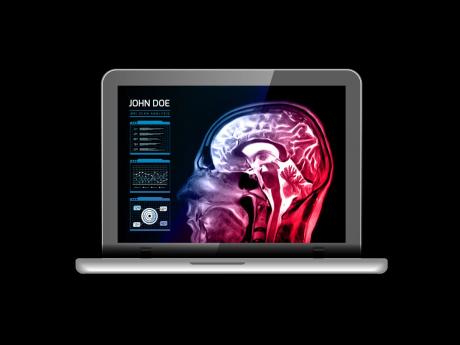Health+Tech | Patient portals can enhance patient engagement
Patient engagement is one of the most important parts of healthcare. While healthcare providers can advise and prescribe, it is up to patients to ensure that they stick to the routine given and take the best decisions to improve their health.
It is well known that when persons participate in their health and have an understanding of the process, the likelihood of following the ‘doctors orders’ will be higher. As health technology gets more pervasive, patient portals have become a popular way by which people can access healthcare services.
A patient portal is an online tool that is usually a part of a larger health technology system. It allows patients to be able to log in and conduct various activities, including booking appointments, getting test results, request prescription refills and get education material important for health literacy. In some cases, a patient portal allows for access to a doctor via telemedicine and payments and booking to be made online. To a certain extent, this empowers the patient and allows for increased participation in their health.
Studies have shown that patient portals can have a positive effect on health seeking behaviour and other health outcomes. A review titled The Effect of Patient Portals on Quality Outcomes and its Implications to Meaningful Use: A Systematic Review, conducted by Elske Ammenwerth, James Jones, and Liliana Laranjo, reported some “improvements in medication adherence, disease awareness, self-management of disease, a decrease of office visits, an increase in preventative medicine, and an increase in extended office visits, at the patient’s request for additional information. The results also show an increase in quality in terms of patient satisfaction and customer retention…” (www.ncbi.nlm.nih.org).
EMPOWER PERSONS
Patient portals, therefore, can enhance patient engagement. Patient engagement involves the decisions made for the patient by the healthcare provider and how the patient uses these decisions, instructions and aids to improve and maintain good health. Essentially, all parties have to be involved in healthcare to achieve quality and improved health outcomes.
Patient engagement is a necessity and more physicians are encouraging patients to pay more attention to preventative health and maintenance. The patient portal would allow for this and empower persons to take charge of their health.
Most health-information management systems and medical practice management systems offer the use of patient portals from either a computer or a cellular phone through an app, to make it more accessible and easier for persons to access healthcare services. Many also offer information on wellness and prevention, which include fitness, exercise, and nutrition as well as chronic-disease management, post-operative care, remote diagnostics, and consultation.
For years the country has faced a difficulty in reducing the incidence of non-communicable diseases (NCDs). It costs billions each year to treat persons with these illnesses, not to mention loss of productivity due to hospital visits and stays and, importantly, the fact that these are the leading causes of death among our population. We can use the technology to assist with this major problem.
Preventive healthcare and consistent monitoring and treatment can play a large part in reducing the prevalence of NCDs. Patient engagement is important for this and the tool by which persons can access education, healthcare easily and quickly will also play a major role. This is where patient portals will come in.
USER BUY-IN
The Government is now moving towards implementing technology in the public health sector on a phased basis. This is indeed a positive step. Most health information management systems can accommodate a patient portal and I hope that this will be considered an important part of implementation.
No technology in health can succeed without user buy-in. Patients will therefore have to be involved in the process as much as possible to get them to be fully engaged and use the portals as effectively as possible for the best outcomes. It would eventually reduce the burden on the healthcare system, particularly hospitals.
We have the potential to make a significant dent in the health status of our population and see much improved outcomes in the years ahead, especially since we have invested in the technology required to positively transform the system.
- Doug Halsall is chairman and CEO of Advanced Integrated Systems. Email feedback to doug.halsall@gmail.com and columns@gleanerjm.com


